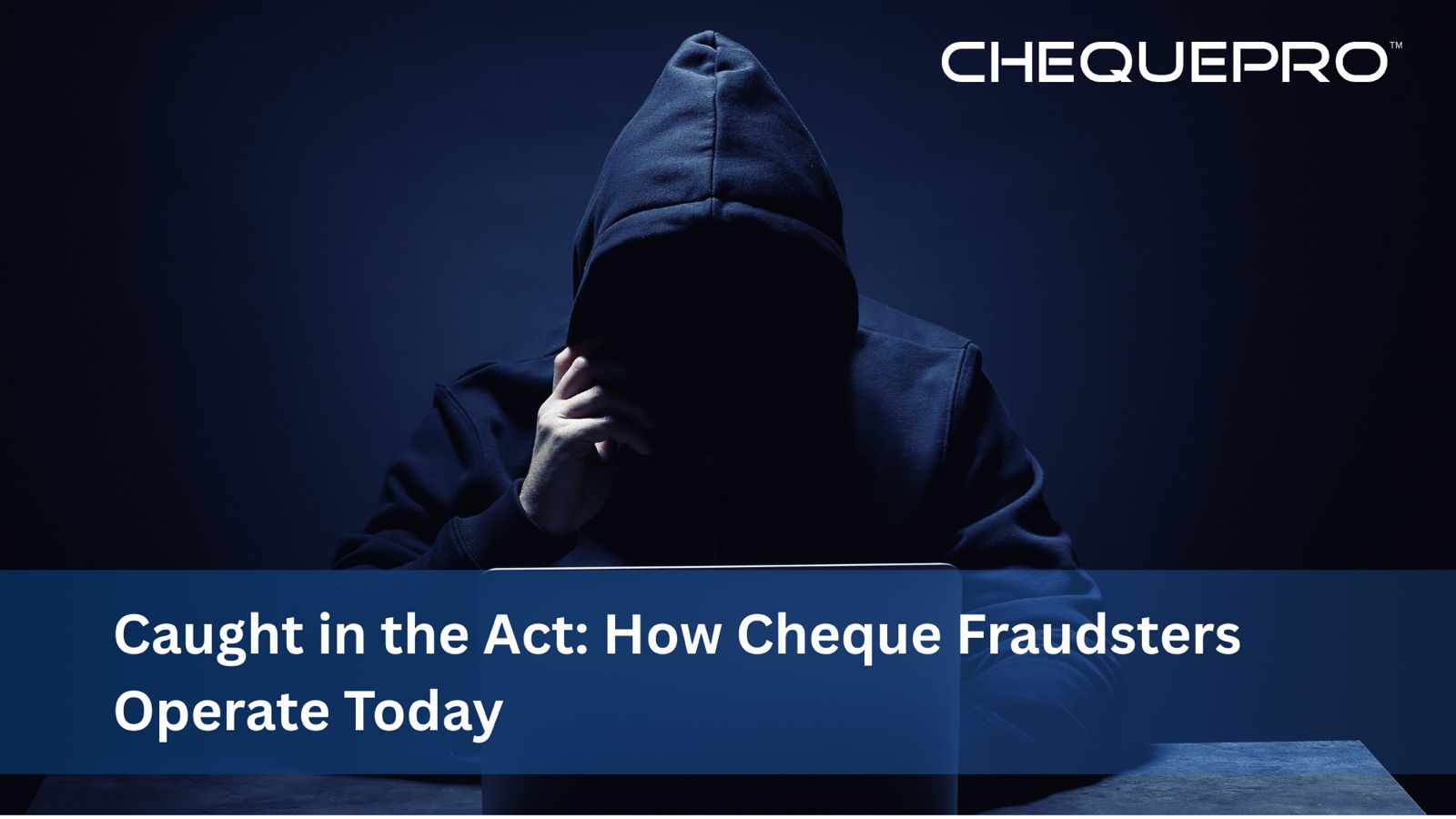Introduction
Cheque fraud is increasing at a very high rate all across the globe. I was astonished to learn how much money is being lost this way.
The criminals who are doing this are operating it like a big business. They are very well aware of the system, and technology has given them even simpler ways of doing this.
The issue is that the majority of individuals are still unaware of how to protect themselves against cheque fraud because they do not understand the modus operandi of such fraudsters.
So I wanted to break it down for you. How cheque fraud actually works today, and how technology is helping them do so. Let’s find out.
The New Face of Cheque Fraud
According to a report I read, 63% of businesses said they faced cheque fraud attempts in 2024. That’s huge. And it’s not just a random cheque here and there anymore. These people treat it like an organised operation.
Take, for instance, this case: A Telegram group was once uncovered by investigators where stolen cheques were traded like collectables. The cheques were chemically “washed” and rewritten with new names and amounts. Then they sold them to people who went out and cashed them.
When police finally found the group, they discovered hundreds of these altered cheques and nearly $1.2 million worth of counterfeits ready to be used.
| Cheque Fraud Impact | 2023 | 2024 |
| Businesses reporting fraud | 54% | 63% |
| Estimated total losses | $8.9B | $12.5B |
Also Read: Cheque Forgery: What It Is, How It Happens, and Ways to Prevent It
How Cheque Scams Unfold in 2025
This is the process generally used by fraudsters to manipulate cheques:
- Cheque Washing: They steal the cheque and go right ahead and wash it with bleach or other chemicals until the writing vanishes. The paper is still good, so it still appears real. That leaves them with a blank page, which they fill with whatever information they wish.
- Reprinting & Forgery: Stolen MICR ink is then employed by them to reprint the bank routing information. They use these for reprinting with new payee names and inflated amounts. Here, the counterfeit cheque at this point in time is almost identical to the original cheque.
- Distribution: And then the final product is sold through online groups or spread to individuals referred to as “money mules.” They may even be deposited directly into the bank via remote deposit applications. And before anyone ever gets a whiff, the money’s already disappeared.
Technological Evolution: AI and Deepfake Tools in Fraudsters’ Hands
I have listed here some of the main ways they use technology to do their dirty work:
- AI-Generated Signatures: Criminals can now use AI to fake someone’s signature so realistically that it looks real. It’s scary how AI programs can pick up on a person’s signature and copy it exactly.
- Deepfake Logos & Templates: They also employ the use of deepfake technologies to design cheques from scratch. They add logos and everything else in between so that the cheque appears genuine and professional.
- Automated Production: It is now also easy to print thousands of counterfeit cheques a day using scripts and bots. This again makes it easier to produce the cheques.
Synthetic Identities & Remote Scams
Cheque thieves are now also inventing entire fake people to cash cheques. This is done through:
- Synthetic Identity Fraud: Criminals steal a real Social Security Number and pair it with fake details like a new name, birthday, and address. Over time, this “person” builds a credit history and opens bank accounts, all of which can later be used to move stolen money. It’s one of the hardest types of fraud to catch because, on paper, that fake person looks completely real.
- Remote Deposit Capture (RDC) Fraud: RDC allows you to deposit a cheque by just taking a photo within your banking app. Thieves take advantage of this process by remotely depositing a stolen cheque and still cashing it or depositing it elsewhere.
| Fraud Type | Growth 2024-2025 |
| Synthetic ID fraud | +23% |
| Remote deposit scams | +31% |
The Role of Mail Theft
The mailbox is still a prime target for scammers in 2025. In the last two years, more than 52,000 mail theft incidents have been reported. It’s a clear sign that the problem isn’t going away anytime soon.
Stolen mail often contains cheques or many other personal details that can be used to commit even more fraud. This makes mail theft one of the easiest entry points for cheque fraud, and criminals take full advantage of it.
To solve this problem, the USPS is installing electronic locks and tamper-proof mailboxes to make theft harder, as part of Project Safe Delivery.
Also Read: Top Benefits of Bulk Printing for Efficient Document Management
Conclusion
The sharp rise in cases over the last year shows just how serious things have gotten. Especially now with AI, criminals can create perfect forgeries.
My advice? Just keep an eye on your account. Set alerts. It takes two minutes and saves you a headache later. And if you can, ditch cheques altogether. Digital transfers are way harder to mess with.
Do those small things now. It’s way easier than fighting to get your money back later.





